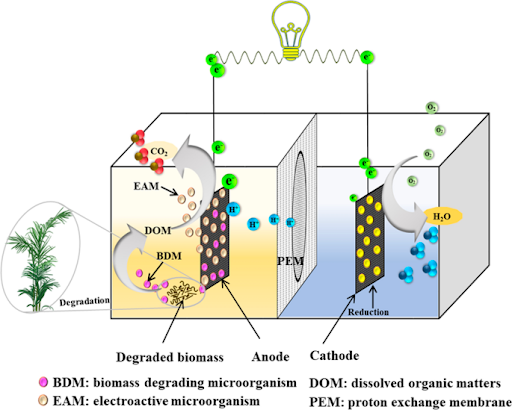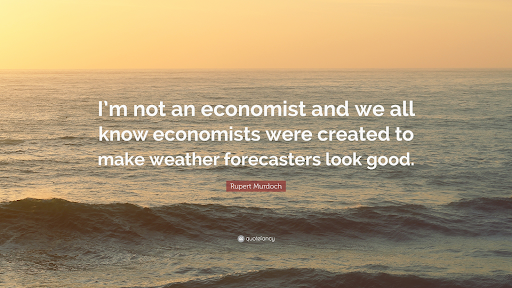Opinion: To Save the World, Move It
May 15, 2023
“The sun is one big ball of nuclear fission chain reactions,” my chemistry teacher piped to our class. “You get one tiny reaction going”—he pinched his fingers for emphasis—“and bam! You’ve got an unstoppable behemoth on your hands! This, weenies, is the reason the sun will go BOOM!”
I raised my hand, and he pointed at me dramatically.
“What do you think we should do about the Earth’s future? Not Greta-Thunberg-climate future, I mean. Future like five-billion-years-kaboom future.”
“Not my problem,” he snorted, shaking his head. “I’ll be long gone by then.”
I laughed along, but a knot grew in my stomach.
These days, “Not my problem” seems to be the common chant of humanity.
But “Not my problem” is the problem. While scientists might be thinking of the distant future, most people aren’t. Even my teacher was content to shift the burden toward others. We’re too wrapped up in our everyday routines—school, work, social media, politics, petty arguments and obsessions. Consciously or not, nobody wants to confront the fact that the only life that has ever existed in the universe’s 13.7 billion years could be destroyed by its own star – something that happens rather frequently. Robert Silvotti of the Observatorio Astronomico di Capodimonte found that in the case of the V391 Pegasi star’s death, its explosion sent most of its mass flying towards nearby planets [1]. Silvotti predicts that “cannibal stars”—stars that consume their planets—are easily applicable to Earth and its sun [2]. Translation: there’s a big chance we could meet the same end as V391 Pegasi. Beth Klein and other researchers at the University of California found that the ultimate fate for our sun will likely be very similar to instances of cannibal stars consuming their planets across the universe. In fact, they predicted that during the sun’s red giant phase, Earth and the rest of the inner planets could be “completely vaporized” [3].
Yet in the darkness shines a beam of hope: another galaxy. According to scientists at the University of Warwick, it’s highly possible humans can propel the Earth somewhere habitable [4]. Think massive, strategically placed engines across the globe, shoving Earth out of orbit to a distant galaxy with high-energy beams. This isn’t as preposterous as it sounds. In fact, senior NASA engineer John Elliott decrees it a compelling theory that’s realistic enough not to be dismissed [5]. Additionally, Matteo Ceriotti, a rocket scientist and lecturer focusing on space systems engineering at the University of Glasgow, agrees with Elliott. Ceriotti found that electric thrusters, such as engines, are highly effective at accelerating mass, and that a “gentle, continuous push” over an extended period of time could move the Earth from its current path of orbit [6]. Although the energy produced by the theoretical engines is greater than what Earth is currently capable of generating, scientific advancements and human cooperation in the years leading up to Armageddon could likely change that.
In the balance hangs life, culture, achievement, and everything beautiful Earth has created in this universe. If each generation turns up its nose and says, “Not my problem,” who will halt the cycle before it’s too late? Stopping a nuclear fission chain reaction, as my teacher put it, has never been so crucial. It’s about more than ensuring a better future. It’s about ensuring we have a future at all.
[1] www.nytimes.com/2007/09/13/science/13planet.html
[2] www.nytimes.com/2022/08/19/science/stars-planets-engulfment.html
[3] https://phys.org/news/2022-06-dead-star-cannibalism-planetary-far-reaching.html
[4] www.sciencetimes.com/articles/35309/20220101.html
[5] www.inverse.com/article/54103-could-the-wandering-earth-movie-plot-actually-happen
[6] https://theconversation.com/rocket-scientist-explains-how-we-could-move-our-planet-116365





